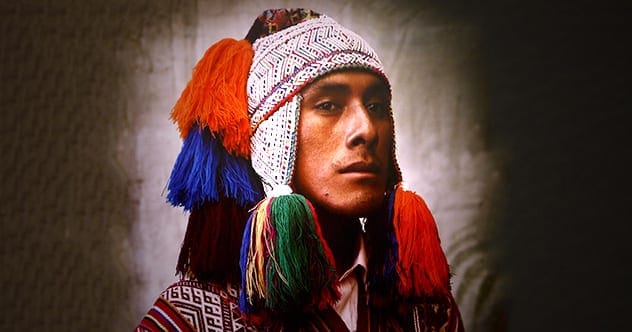Peru is a captivating country brimming with rich culture and ancient history. Beyond the well-known landmarks like Machu Picchu, there’s a wealth of fascinating facts waiting to be discovered. Whether you’re planning a trip or simply curious about this South American gem, prepare to be amazed by these insights into Peru’s vibrant heritage.
10. Peru’s History Dates Back 6,000 Years
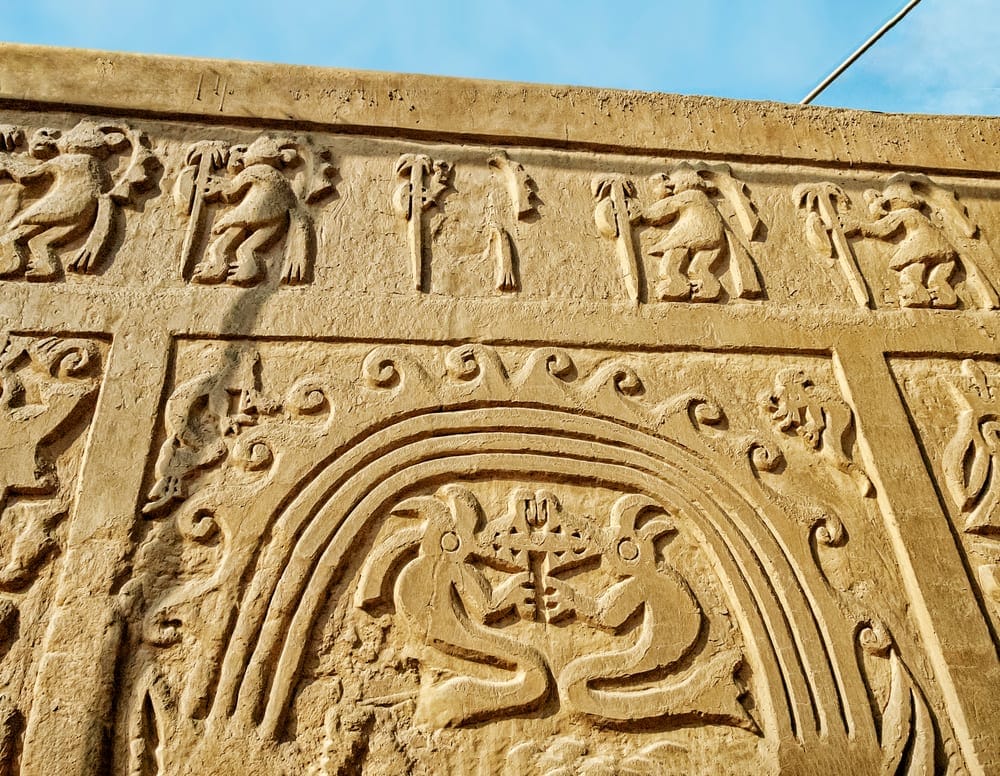
While North Africa often comes to mind when discussing ancient civilizations, Peru boasts a history stretching back over 6,000 years. Archaeological evidence reveals human habitation dating back to the eighth millennium B.C. Between the 4th and 3rd millennia B.C., the Norte Chico civilization emerged in north-central Peru, marking the oldest known civilization in the Americas. This rich history evolved into the Inca Empire, eventually integrated with Spanish culture in 1572 A.D.
9. Peru Has Three Official Languages
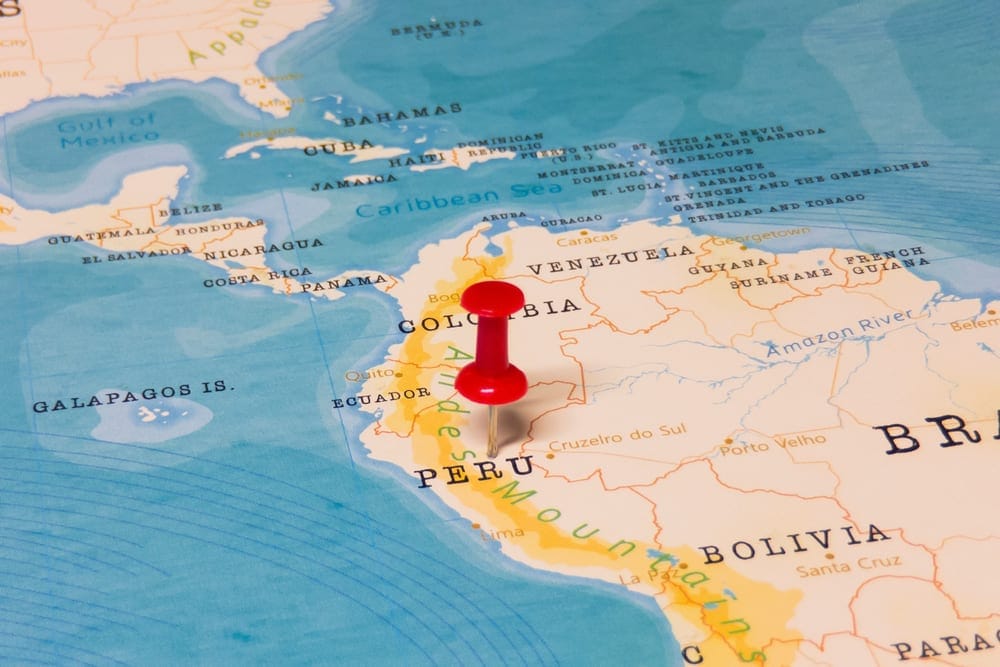
Unlike many countries with one or two official languages, Peru recognizes three: Spanish, Quechua, and Aymara. Spanish is the most widely spoken, while Quechua is prevalent among indigenous communities in the Andes. Aymara is spoken by over a million people in the border regions of Peru, Bolivia, and Chile. Additionally, 13 other ethnolinguistic groups have languages spoken within Peru, reflecting its diverse cultural tapestry.
8. Peru Is The Home To The Alpaca
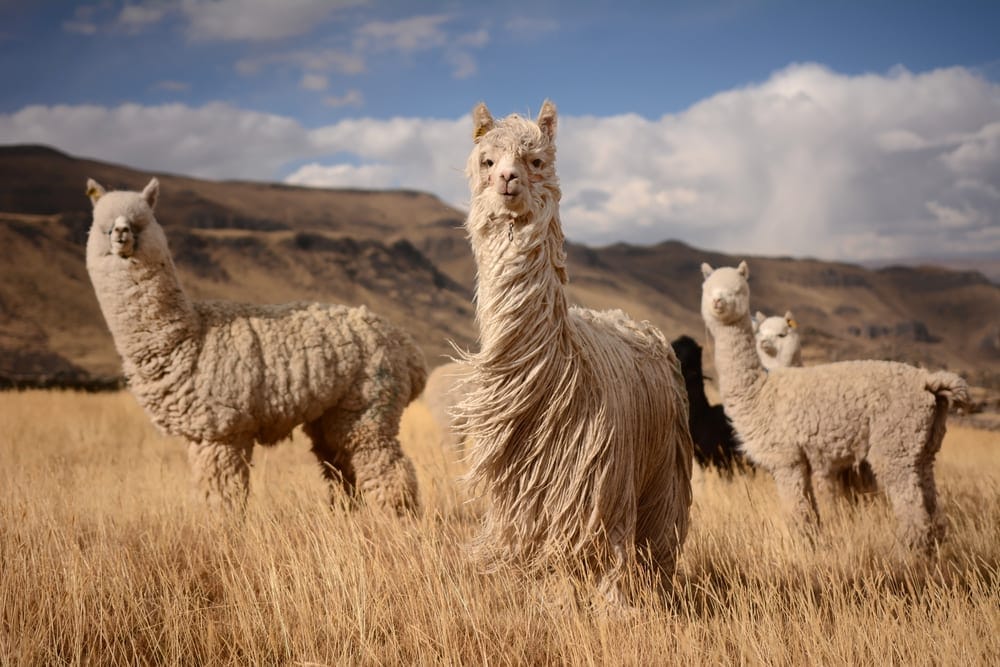
Peru is synonymous with alpacas, hosting 75% of the world’s alpaca population. These animals have been integral to the region’s culture and economy for millennia, prized for their luxurious wool. In Incan culture, alpacas were used for meat, yarn, fabrics, and even religious sacrifices. Today, alpacas continue to thrive in Peru, with both Huacaya and Suri types populating the landscape.
7. A Popular Dish In Peru Is Roasted Guinea Pig
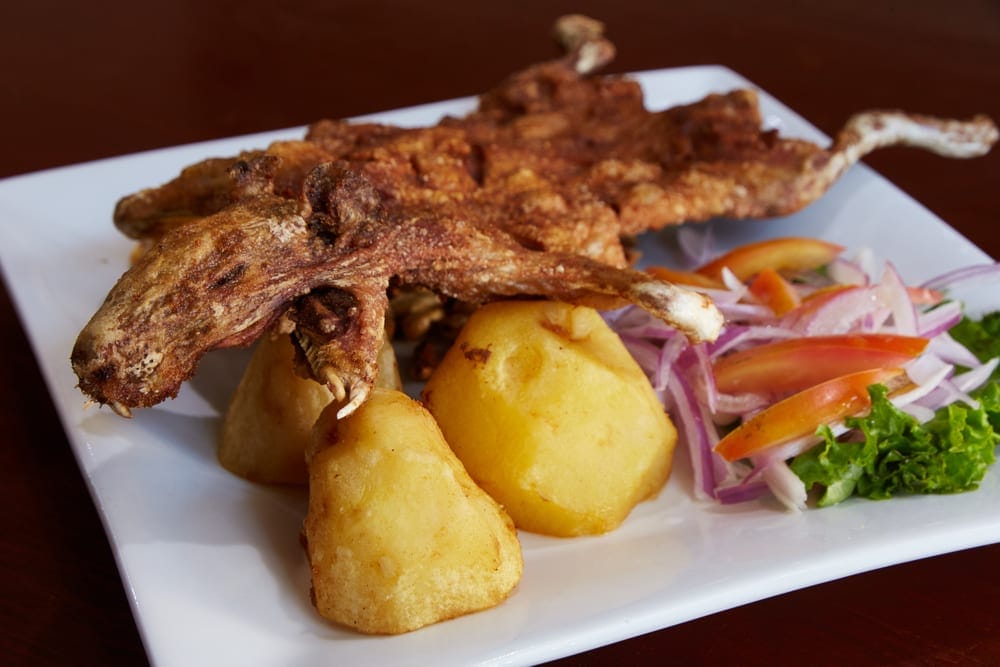
While guinea pigs are often seen as pets in other cultures, in Peru, they’re a delicacy known as Cuy. This dish has been served on special occasions since the Inca civilization. Cuy is typically fried or roasted and served with potatoes and salsa. Often described as tasting like chicken with a richer flavor, it’s a lean and protein-rich part of Peruvian cuisine. Would you be brave enough to try it?
6. Thank Peru For The Potato
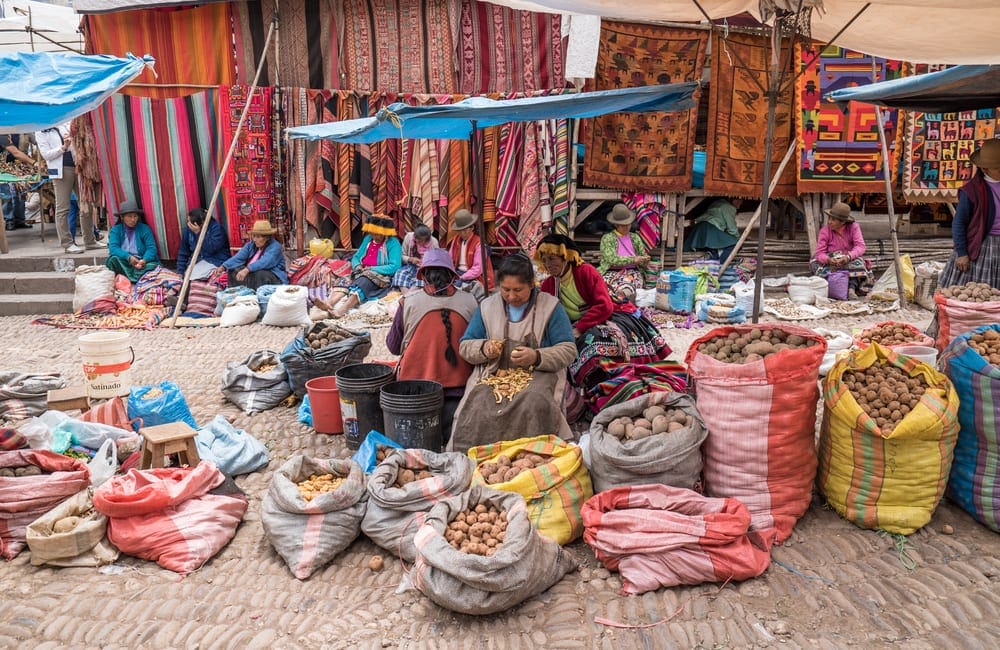
The humble potato owes its existence to Peru. Native Americans in the region cultivated potatoes as far back as 10,000 years ago. For millennia, it remained a staple food crop unknown to the rest of the world until the Spanish conquest in the 16th century. Today, the potato is the fourth-largest food crop globally, with Peruvians still incorporating it into dishes like Tocosh and Papa a la Huancaína.
5. The Geography Of Peru Is Incredibly Diverse
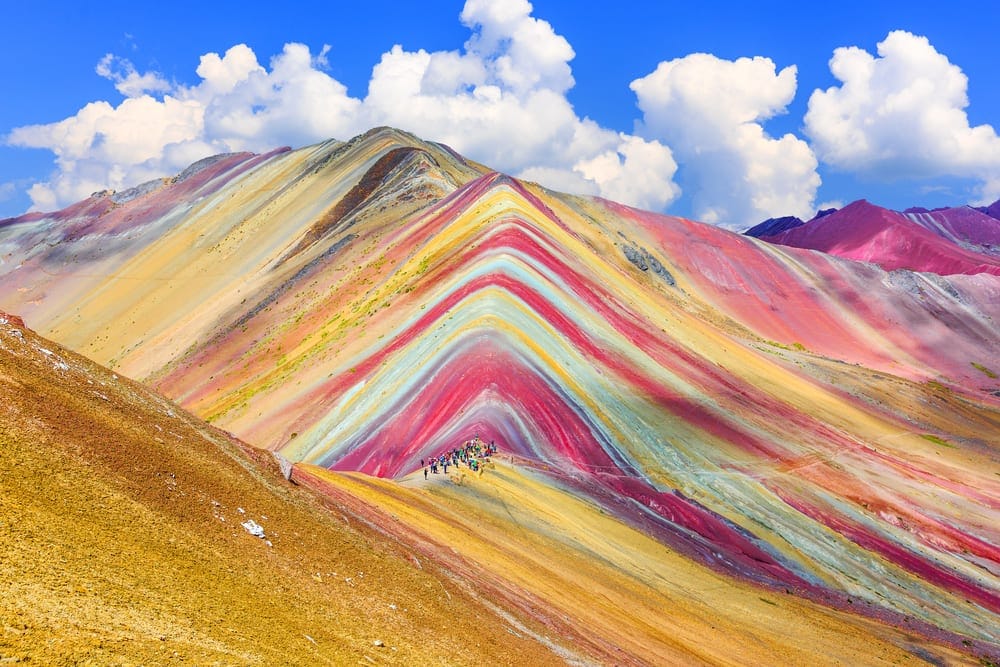
Peru’s geography is remarkably diverse, featuring everything from the deepest canyon in the world, Cotahuasi Canyon, to the world’s highest sand dune, Cerro Blanco. The Andean mountain ranges influence the climate, offering rainfall and monsoonal periods. With 1,500 miles of coastline, Peru includes subtropical deserts and tropical climates. This varied landscape makes Peru a fascinating destination for nature lovers.
4. Peru Is The Birthplace Of Surfing
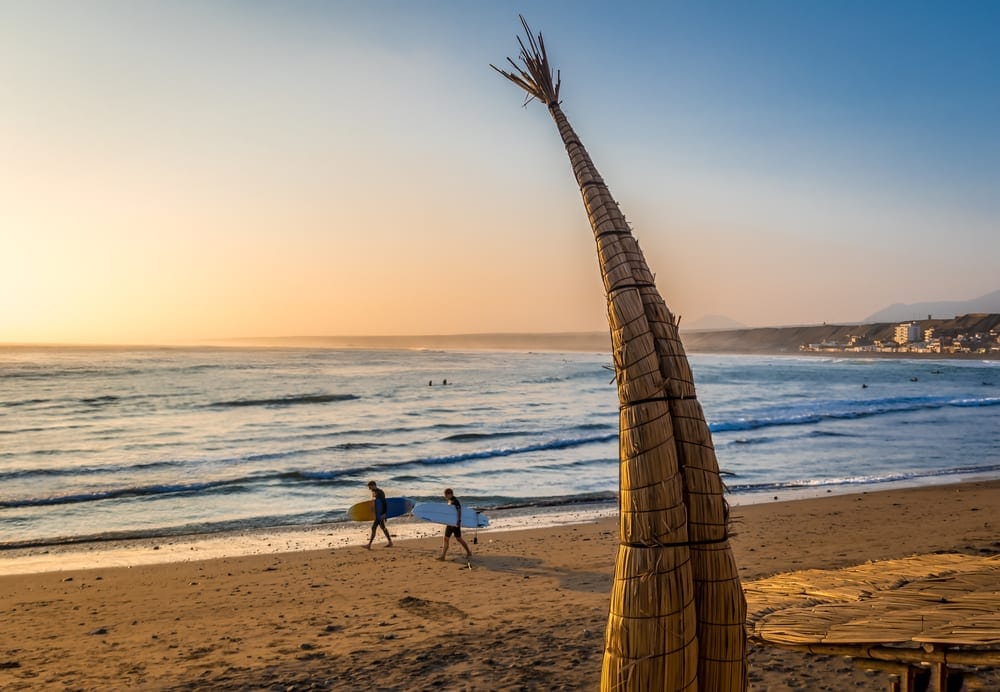
Believe it or not, surfing originated in pre-Columbian Peru, where people rode the waves on reed watercraft as far back as 5,000 years ago. While the practice differed from contemporary surfing, these watercraft were used for fishing and recreation. The Moche culture, around 200 A.D., utilized the caballito de totora, marking the early roots of surfing in Peru.
3. Peru Has A National Drink (Of Sorts)
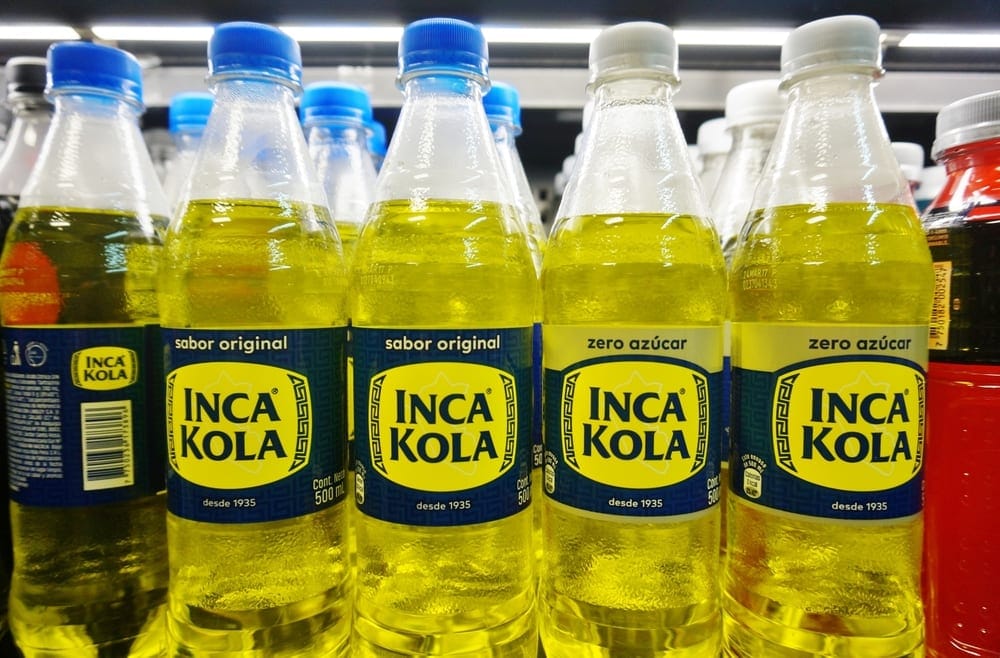
Inca Kola, affectionately known as “The Golden Kola,” is Peru’s national drink. Created in 1935 by British immigrant Joseph Robinson Lindley, this beverage has become a symbol of Peruvian patriotism. While The Coca-Cola Company co-owns the brand, Inca Kola remains most popular within Peru. Its unique bubblegum or cream soda flavor might be an acquired taste, but it’s a must-try for visitors.
2. There’s A Reason Peruvian Ponchos Are So Highly Regarded (And Expensive)
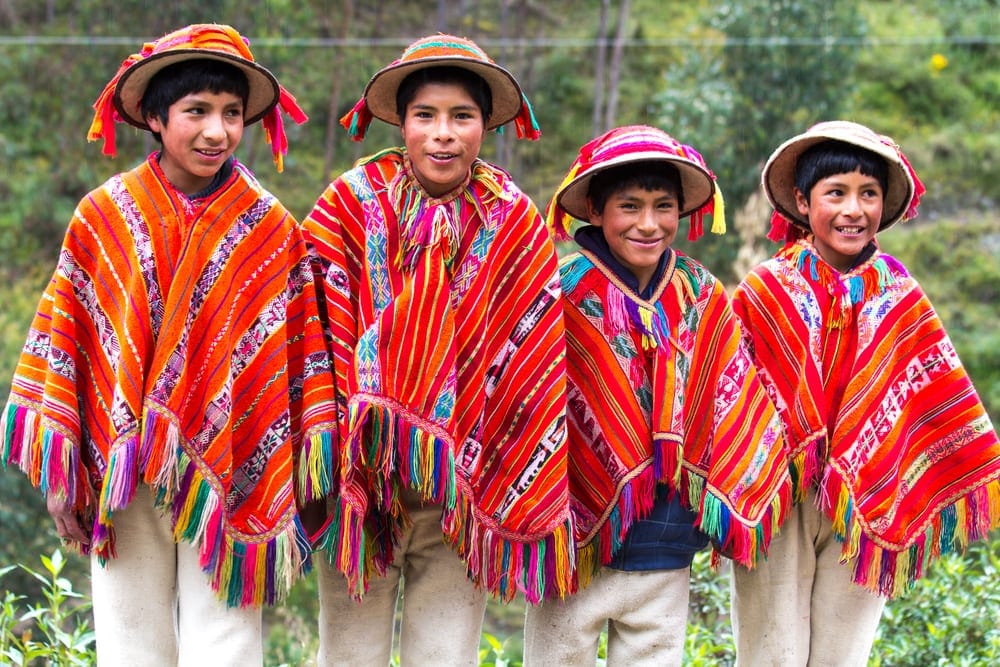
Authentic Peruvian ponchos, crafted by the Andean people, are highly valued for their quality and durability. These ponchos are made from alpaca wool, requiring 500 to 600 hours to create a single piece, with the entire process taking up to six months. These ponchos often represent a significant rite of passage and can last a lifetime. Their color retention, resistance to dust, and non-flammable properties justify their high regard.
1. Machu Picchu
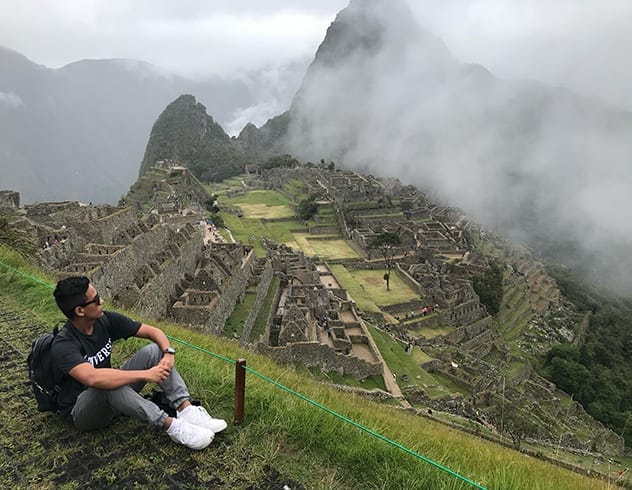
No discussion about Peru is complete without mentioning Machu Picchu. This 15th-century Inca citadel, perched atop a mountain ridge, showcases stunning architecture in the classic Inca style. Rediscovered in 1911 by American historian Hiram Bingham, Machu Picchu features iconic structures like the Intihuatana, Temple of the Sun, and Room of the Three Windows. As a UNESCO World Heritage Site and one of the New Seven Wonders of the World, it attracts thousands of visitors daily, drawn to its historical significance and architectural marvel.
Ready to explore more about Peru? Leave your comment below and share what you found most fascinating!


